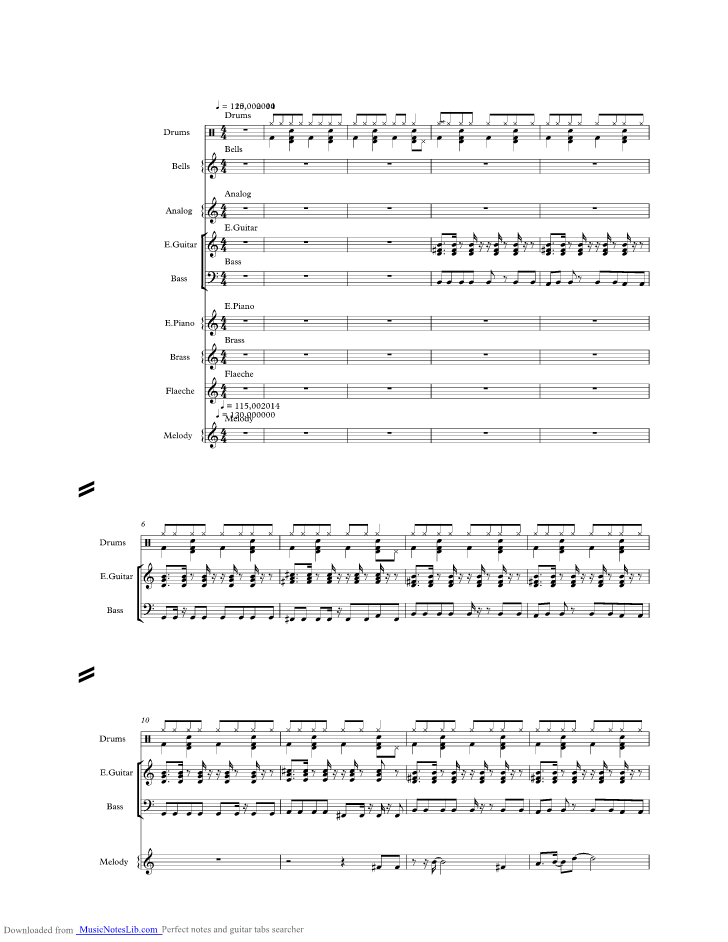

To help you learn the melody, here’s a link to an informal solo piano recording of the tune from a very fun gig I played recently for the opening of The Piano Gallery, a new retail piano outlet run by piano tuners and dealers Justin and Emily Rose.


Baker’s version, more than most of the versions mentioned above, shows the common practice of how the tune is played in most jazz situations. (In this melody and chords version, the left hand would obviously not play the roots shown lower in the bass clef along with the chords.) I would recommend starting by learning the left hand voicings at a very slow tempo and then practicing them along with Chet Baker’s quartet version of Summertime at. While it can be played as a ‘two-hand comp’ (with the single note roots shown in the bass clef with ‘down stems’ played in the left hand, and the three- and four-note voicings shown higher in the bass clef in the right hand), I recommend first learning the treble-clef melody in the right hand and the three- to four-note voicings on the upper part of the bass clef in the left hand. The chart below for my tune ‘Winter Sun’, which is also based on the chord progression of ‘Summertime’, may be played two ways. A further development of the ‘Summertime’ chord progression can be heard in Wes Montgomery’s Four on Six, which retrofits Gershwin’s basic harmonic structure with a number of additional ii-V progressions and adds a new melody. (Prince’s posthumous autobiography, ‘The Beautiful Ones’, devotes a considerable amount of space to describing his father as a working jazz pianist.) In Shulie-A-Bop, Sarah Vaughan uses the ‘Summertime’ chord progression as the basis for her original wordless scat vocal line which avoids referencing Gershwin’s melody. A version by Prince from a soundcheck shows his lesser-known skills with jazz piano comping and soloing. ‘Summertime’ has also been interpreted by many artists in the wider popular music world, notably Janis Joplin whose version with Big Brother and The Holding Company casts the tune in 6/8 swing feel with baroque-style counterpoint between two guitars. Herbie Hancock’s version featuring Joni Mitchell’s vocals and Stevie Wonder’s harmonica playing, from his album ‘Gershwin’s World’, demonstrates a late-twentieth-century modern jazz approach to the tune, rife with altered dominant chords. Listening to versions of this tune by great jazz players in chronological order from earliest to latest can provide a mini-history of jazz, from Sidney Bechet’s version recorded in 1939 not long after the tune’s publication, to Louis Armstrong and Ella Fitzgerald’s version from 1958 with an arrangement using some of Gershwin’s original orchestration, to Miles Davis’ version from the same year with an arrangement by Gil Evans that epitomizes the modal jazz style (which would gain wider exposure the following year on ‘Kind of Blue’). Handy’s ‘Saint Louis Blues’, the song ‘Summertime’, composed in 1934 by Gershwin with lyrics by DuBose Heyward (originally for the opera Porgy and Bess), has been a standard throughout nearly all eras of jazz. Like George and Ira Gershwin’s ‘I Got Rhythm’ and W.C.


 0 kommentar(er)
0 kommentar(er)
